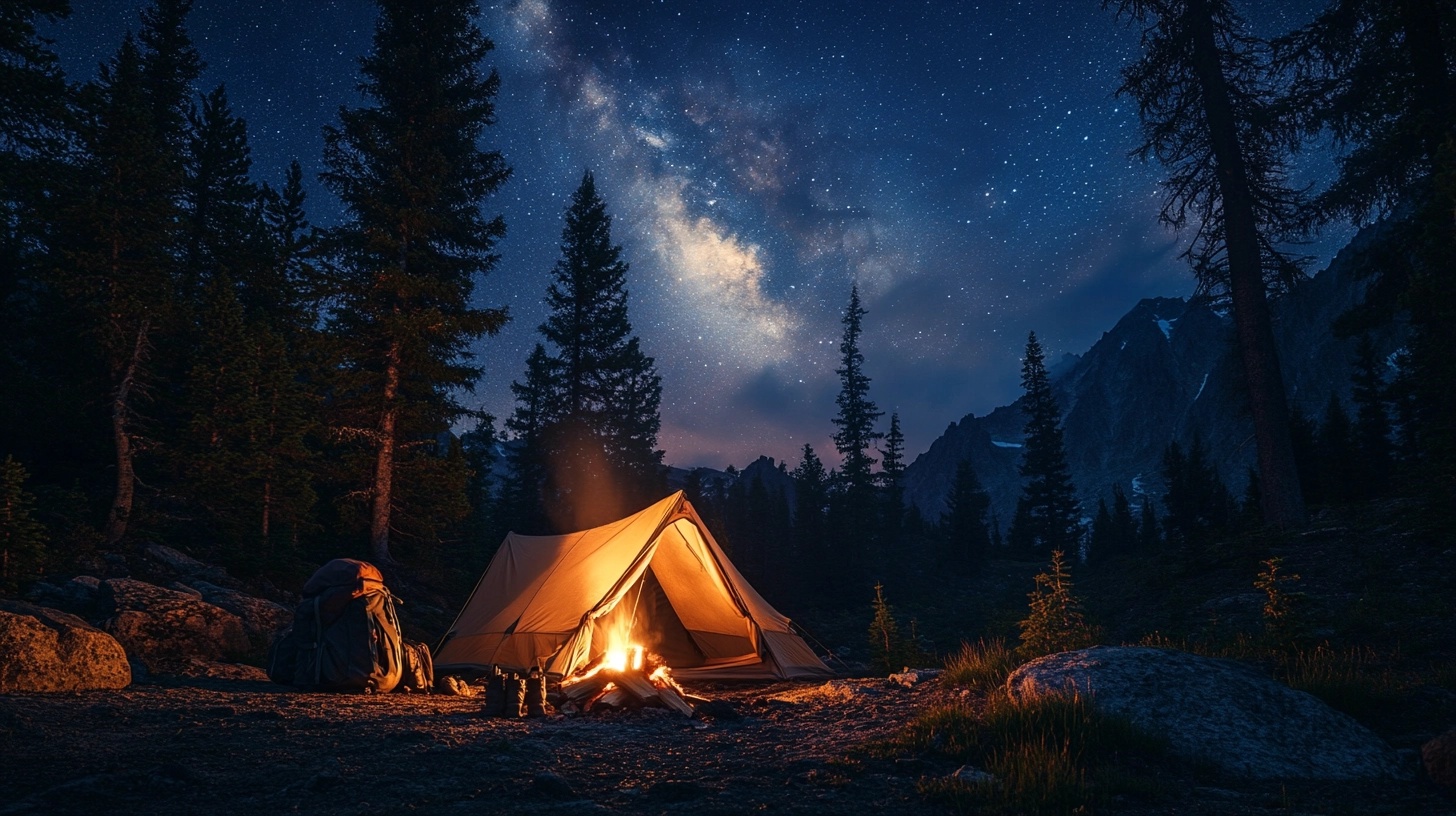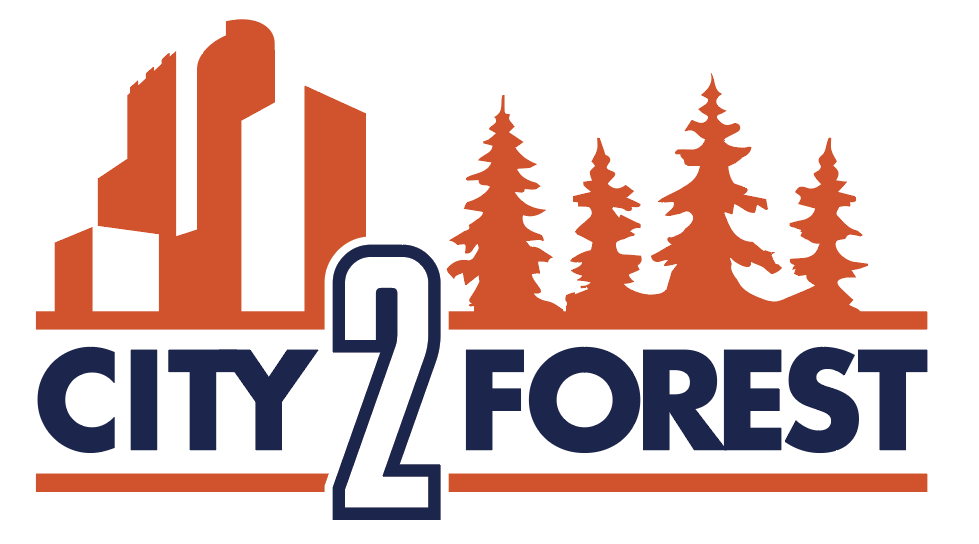North Idaho VS. Western Montana
If you’re considering a move to the stunning landscapes of the Northwest, chances are you’ve debated between Idaho and Montana. Both regions offer breathtaking scenery, a slower pace of life, and abundant outdoor opportunities. However, the western part of Montana and northern Idaho each have unique qualities that might make one a better fit for your lifestyle. Let’s explore the differences in people, lifestyle, cost of living, access to amenities, and more to help you decide.
People and Community

Northern Idaho: Known for its friendly and welcoming residents, northern Idaho has a close-knit, small-town vibe. The communities here are often tight, with locals who value independence and traditional values. Newcomers generally find it easy to connect with others, especially if they enjoy outdoor activities or community events.
Western Montana: The people of western Montana share a similar outdoors-focused culture, but locals, particularly in rural areas, can be more reserved towards newcomers. In larger cities like Missoula, however, you’re likely to find a more welcoming and diverse community. Montana residents often value self-reliance and community spirit, but building relationships may take more time compared to Idaho.
Lifestyle

Northern Idaho: Life in northern Idaho is centered around the outdoors. With easy access to pristine lakes like Lake Pend Oreille and the rugged terrain of the Selkirk and Cabinet Mountains, residents enjoy boating, fishing, hiking, and skiing. The lifestyle here is laid-back and ideal for those seeking tranquility and a slower pace.
Western Montana: Western Montana offers a similarly outdoor-oriented lifestyle but on a grander scale. The region’s expansive wilderness areas, including Glacier National Park and the Bob Marshall Wilderness, provide unparalleled opportunities for exploration. Towns like Missoula also offer a vibrant arts and music scene, adding a cultural flair to the outdoor lifestyle. The Bitterroot Valley, in particular, has seen significant growth in recent years. This area, known for its stunning mountain views and mild climate, has become increasingly popular with newcomers seeking a balance of rural charm and modern conveniences. Additionally, Montana is a haven for fly fishing enthusiasts, with world-renowned rivers like the Bitterroot, Blackfoot, and Clark Fork offering some of the best trout fishing in the country.
Cost of Living
Northern Idaho: Idaho has historically been more affordable than Montana, but rising popularity has driven up housing costs in areas like Coeur d’Alene. While still generally less expensive than many other states, northern Idaho’s cost of living is climbing, especially in real estate. Other expenses, such as groceries and utilities, remain relatively affordable.
Western Montana: The cost of living in western Montana is similar to northern Idaho but slightly higher in some areas. Missoula and Kalispell have seen significant growth in housing demand, leading to increased prices. However, smaller towns in the region may still offer more affordable options. Like Idaho, other living expenses are moderate but can vary depending on proximity to larger towns.
Access to Amenities
Northern Idaho: While northern Idaho offers a peaceful, rural lifestyle, access to amenities can be limited depending on where you live. Larger towns like Coeur d’Alene and Sandpoint have a good selection of stores, restaurants, and entertainment options. However, residents in more remote areas may need to travel for specialized services or shopping.
Western Montana: Western Montana’s access to amenities varies. Missoula, as the region’s largest city, provides a wide range of stores, medical facilities, and cultural attractions. Other towns like Kalispell also offer robust amenities. In more remote areas, however, access to conveniences can be sparse, similar to northern Idaho.
Medical Services
Northern Idaho: Northern Idaho has a growing healthcare network, with hospitals and clinics in towns like Coeur d’Alene and Sandpoint. However, those in smaller or remote areas may need to travel for specialized care. The proximity to Spokane, Washington, also provides access to advanced medical services.
Western Montana: Western Montana offers excellent medical services in larger towns like Missoula and Kalispell, which are home to major hospitals and specialists. Remote areas, however, face similar challenges to northern Idaho, with limited immediate access to healthcare facilities.
Final Thoughts
Deciding between northern Idaho and western Montana ultimately depends on your priorities. If you value a slightly lower cost of living and a quieter, small-town atmosphere, northern Idaho might be your ideal choice. On the other hand, if you’re drawn to a mix of outdoor adventures and cultural experiences, western Montana could be the perfect fit. The Bitterroot Valley’s recent growth also makes it a compelling option for those looking for a vibrant yet peaceful place to call home. Fly fishing enthusiasts will find western Montana’s rivers to be an angler’s paradise, adding yet another draw to the region.
Both regions offer stunning natural beauty and a welcoming sense of community. Whether you choose the peaceful shores of Idaho’s lakes or the majestic mountains of Montana, you’re sure to find a place that feels like home.

